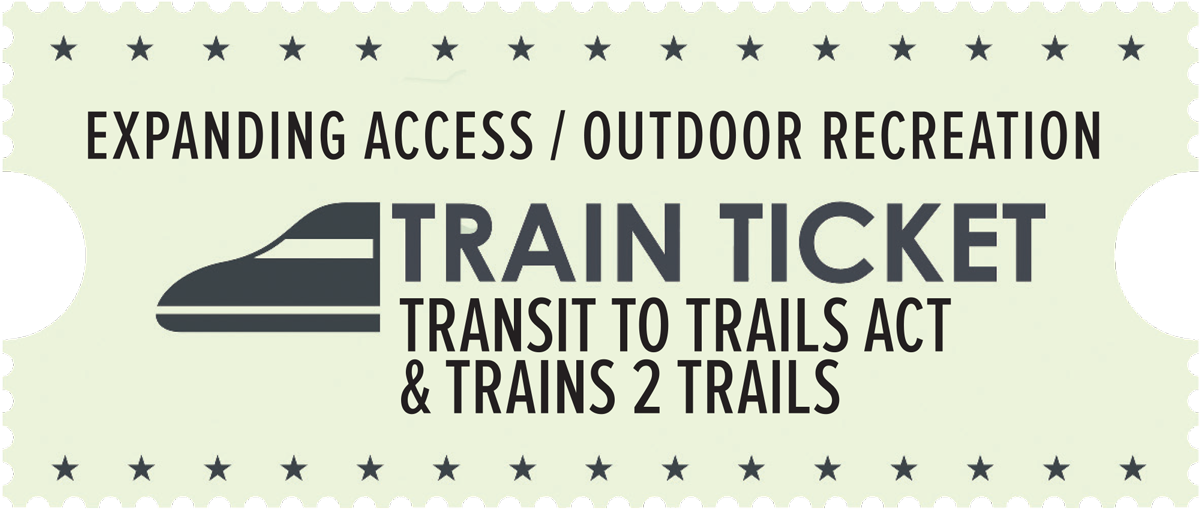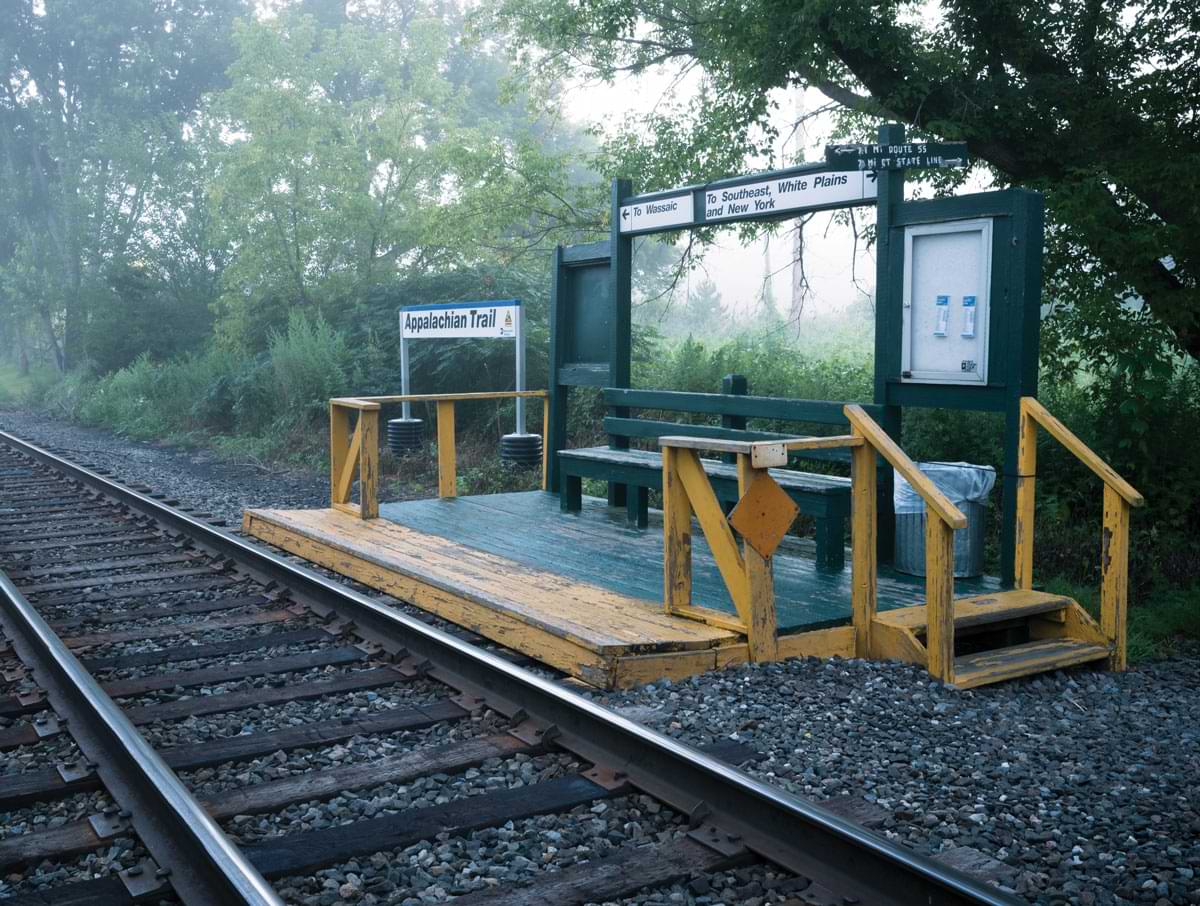


A.T. Pawling Boardwalk over the Great Swamp
When staring up at the constellations on the ceiling of Grand Central Station in New York City, it was almost impossible for me as a young person born and raised in Yonkers, New York, to imagine that within two hours I could be on the Appalachian Trail. It is, however, possible. In 1991, a small wooden platform was placed on the Metro North’s Harlem line just a few steps from where the A.T. crosses the railroad tracks, offering service on weekdays and holidays. The “Appalachian Trail Station” became —and remains — the only location other than Harpers Ferry, West Virginia to offer direct train access to the A.T. My first experience with this station came in 2017, when, as a member of the Appalachian Trail Conservancy’s (ATC) Next Generation Advisory Council (NextGen), I worked with the Harlem Valley Appalachian Trail Community, National Parks Conservation Association, and Groundwork Hudson Valley to bring a group of high school students from Yonkers, New York to the A.T. via the Metro North as a part of the Trains 2 Trails program.
While the A.T. might seem like an open and accessible resource to many of us, there are real barriers preventing access for many — including unaffordable costs, lack of leisure time, lack of education and information, and fear of the unknown. The Trains 2 Trails program sought to address many of these barriers. The cost of a train ticket itself, for example, can prevent many people in New York City from accessing the Trail.
During the train ride to the Trail, I shared the seven Leave No Trace Principles and hiking tips with the students. Once in the Harlem Valley of upstate New York, they were able to spend the day adventuring on the A.T. over the Great Swamp, as they learned and practiced volunteer conservation stewardship first-hand. An afternoon panel of various conservation professionals also exposed them to the potential of a career in conservation. Ultimately, the students were able to use something that is a part of their daily lives — public transportation — to get to a place that was new to them: the great outdoors. With the support and encouragement of A.T. Community members and volunteers who welcomed the students, they were exposed to previously unknown possibilities for recreation, employment, and friendship. Many of these young people now feel comfortable enough to get back to the Trail without chaperones by using the same means of transportation that got them there on their first trip — and to their first A.T. experience.

The A.T. Metro North train stop
The importance of experiences like those provided via Trains 2 Trails and of promoting the ability of those who may not independently be able to journey to public trust resources like the Appalachian Trail is why ATC strongly supports, and will advocate for passage of, legislation like the Transit to Trails Act (S. 2467 in the U.S. Senate and H.R. 4273 in the U.S. House). This legislation would create a grant program and authorize federal funding to increase education about access to public lands and waters as well as to develop connectors and routes to public lands and waters from communities with little access to such amenities. For resources like the A.T. to serve the public, people must not only know how to get to them but be able to do so with relative ease. The ceiling of Grand Central Station — however grand it is — shouldn’t be the only place where urban dwellers such as myself get to see the “night sky.” It should just be what we pass under as a step that leads us to experience the actual night sky in a vast natural outdoor setting.
Access to natural spaces like the Trail is key. For many, accessibility is not always as easy as simply boarding a train. Not knowing how to get to the Trail or not having the resources to get you to the Trail — assuming that you even know the Trail exists in the first place — are only a few potential initial barriers. I know this to be true because as a young person from Yonkers, I was unaware of the Trail’s proximity, and knew very little about it at all. Before becoming a member of the ATC’s NextGen Council, the ceiling of Grand Central was the only version of a night sky I’d seen. Due to my experiences with ATC, and on the Trail, however, I now know that the true dark night sky is far more brilliant than I could have imagined. I also know that incredible views are just a train ride away.